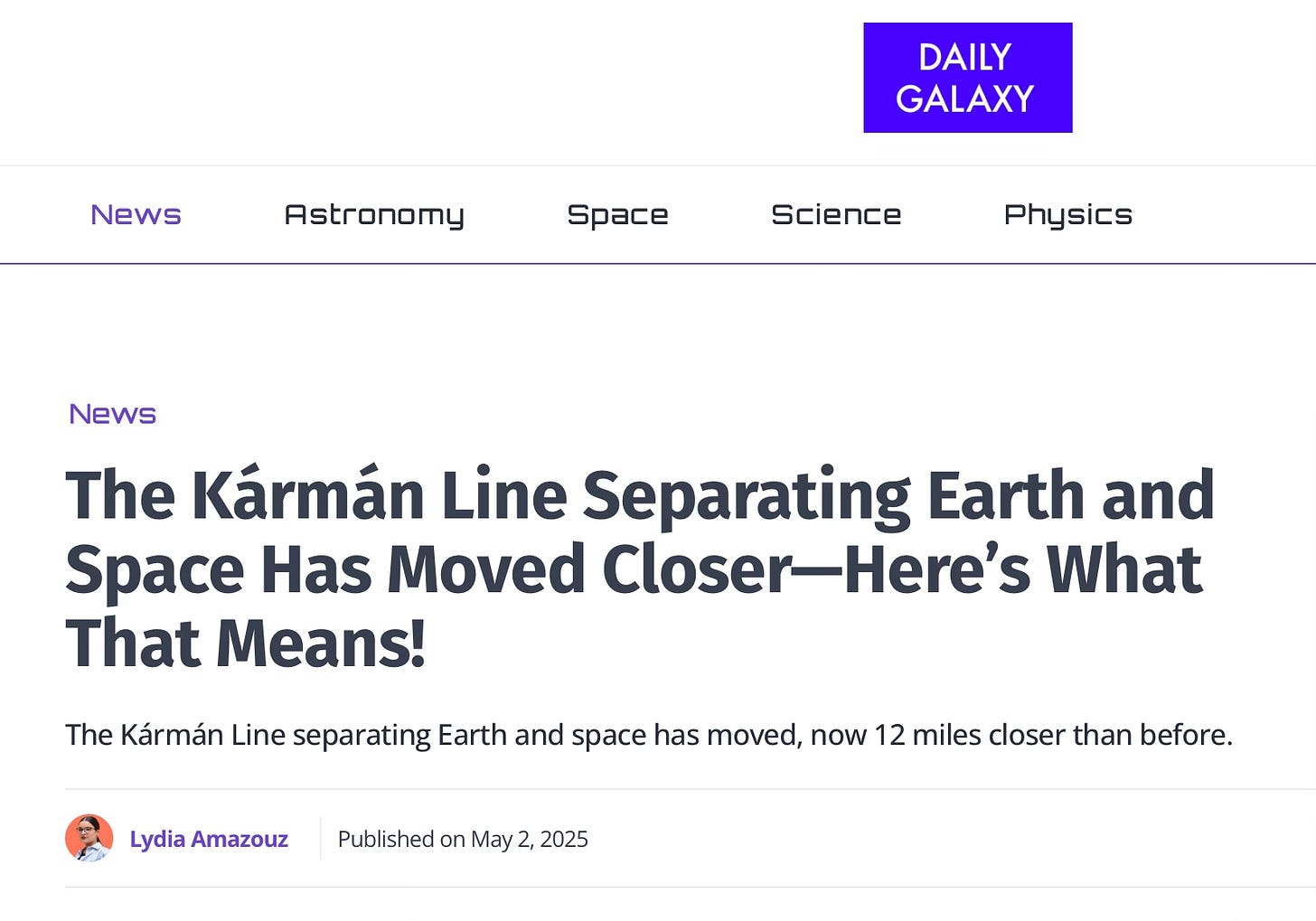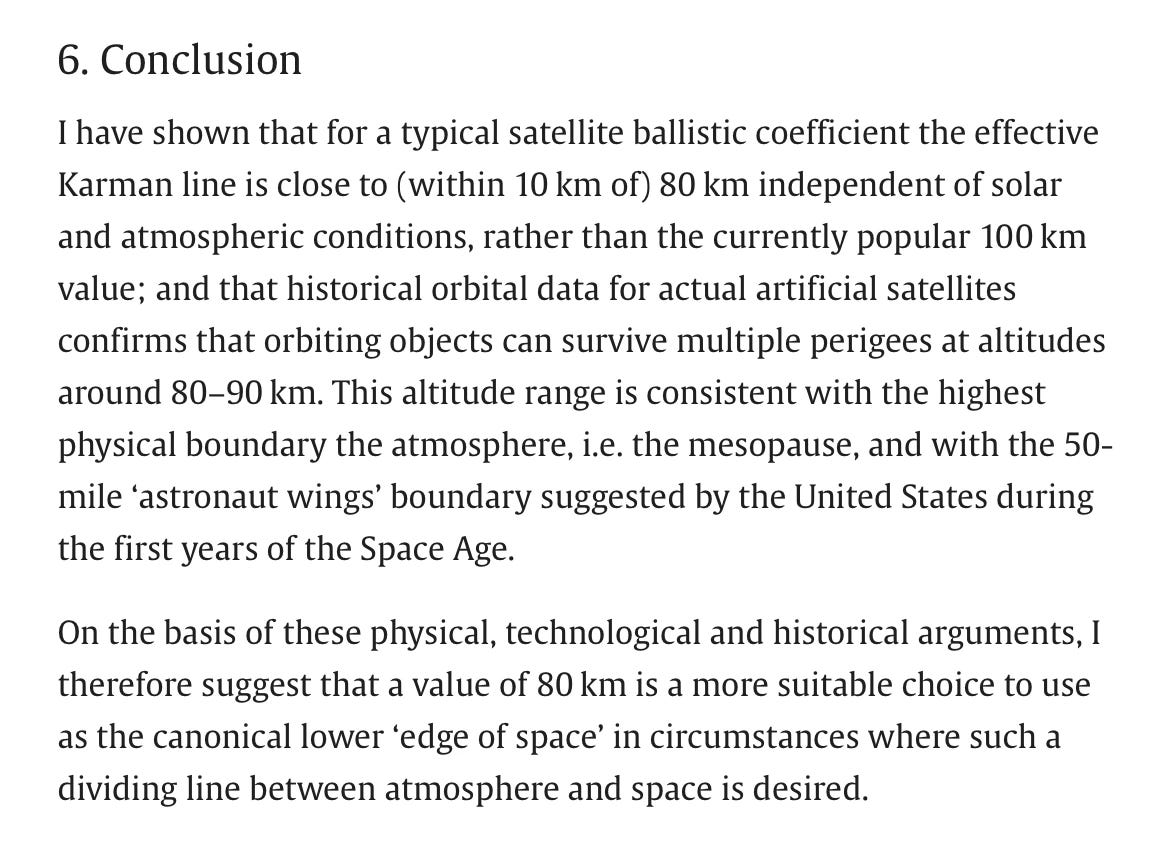The Kármán Line Separating Earth and Space Has Moved Closer—Here’s What That Means!
The Kármán Line separating Earth and space has moved, now 12 miles closer than before.
McDowell noted that the U.S. Air Force awarded astronaut wings to pilots who flew above this very altitude in the 1950s, marking it as the official start of outer space. This historical context, combined with McDowell’s findings, calls into question the widely recognized Kármán Line as the definitive space boundary.
Rethinking Space Exploration
McDowell’s proposal to shift the edge of space closer to Earth would not only redefine space exploration but also change how space missions are classified. If adopted, his 80 km boundarycould have significant implications for how space agencies and private companies define their objectives in space exploration. It would also align with a deeper understanding of how Earth’s atmosphere functions and interacts with the objects that enter and exit it.
As McDowell sums up, “The argument about where the atmosphere ends and space begins has been around for decades. It’s time to reconsider the most widely accepted boundary, especially in light of new data that shows how space vehicles operate and how space itself behaves at lower altitudes.”
This thought-provoking proposal could spark debates within the scientific community and potentially lead to a redefinition of space itself.
The edge of space: Revisiting the Karman Line
tbc











